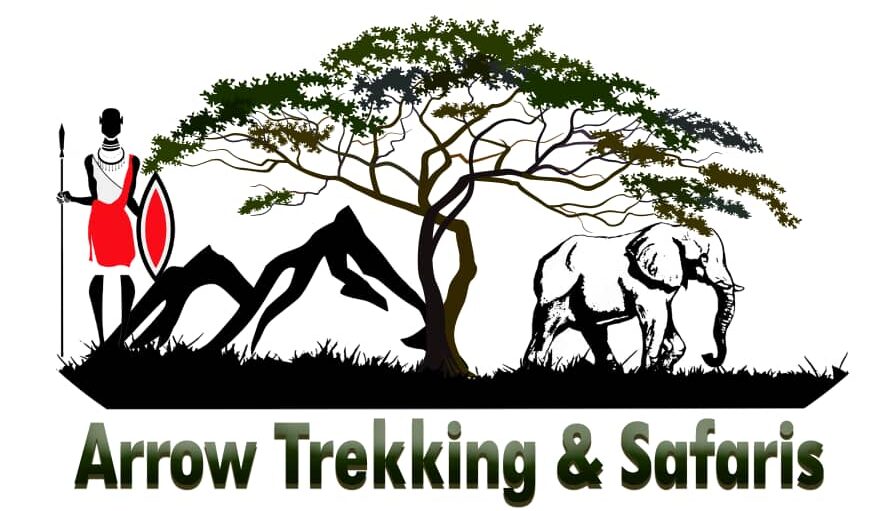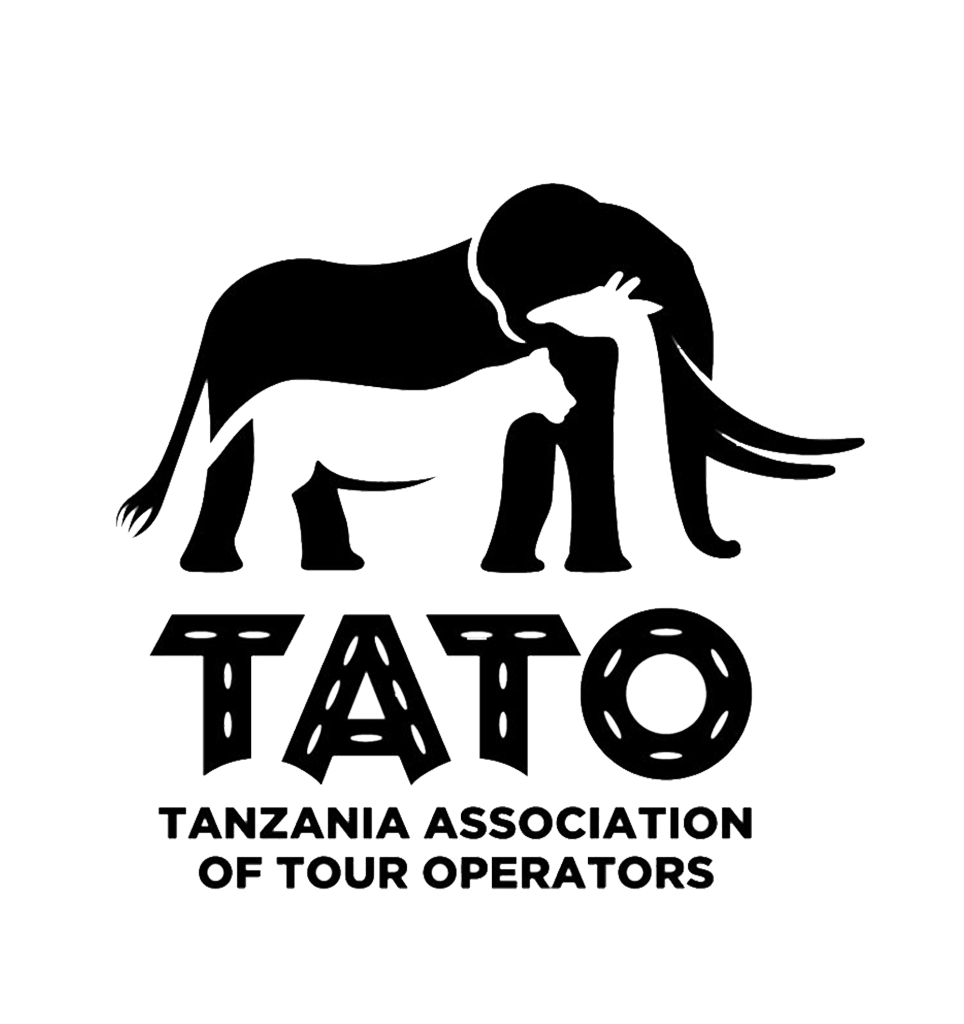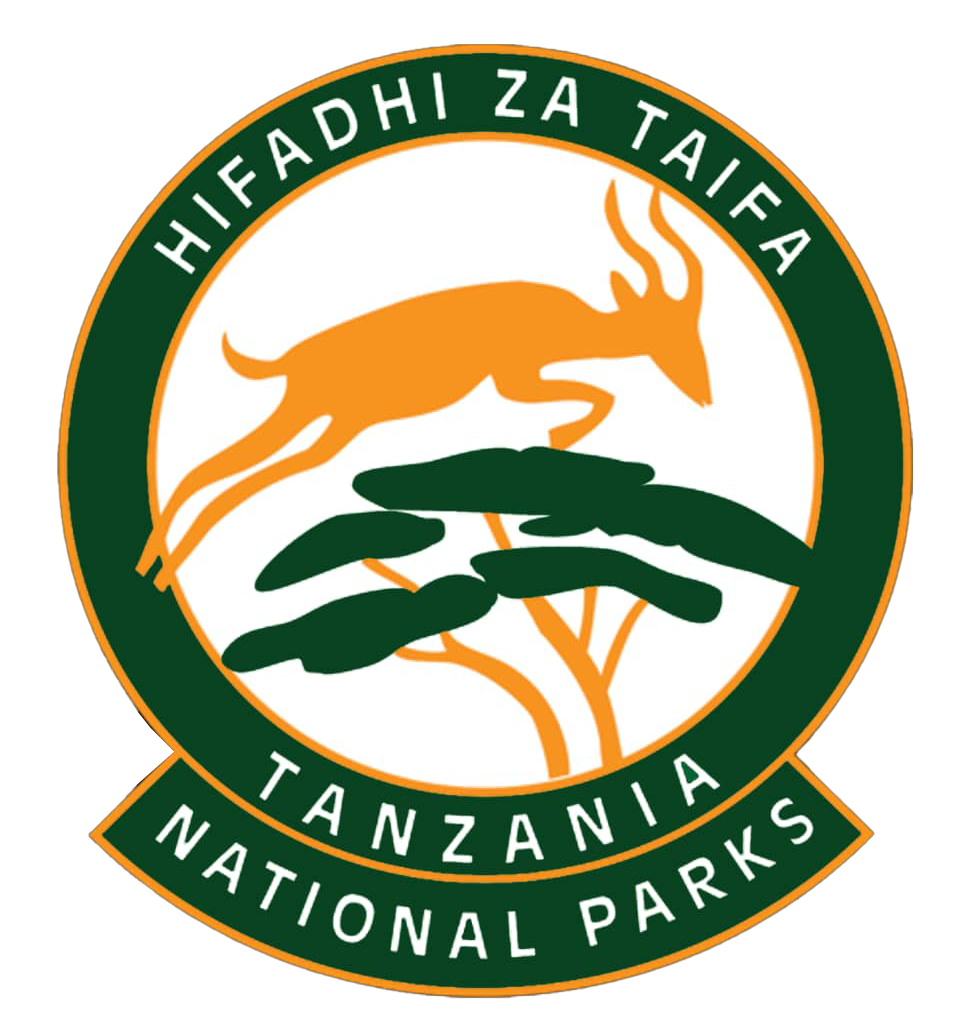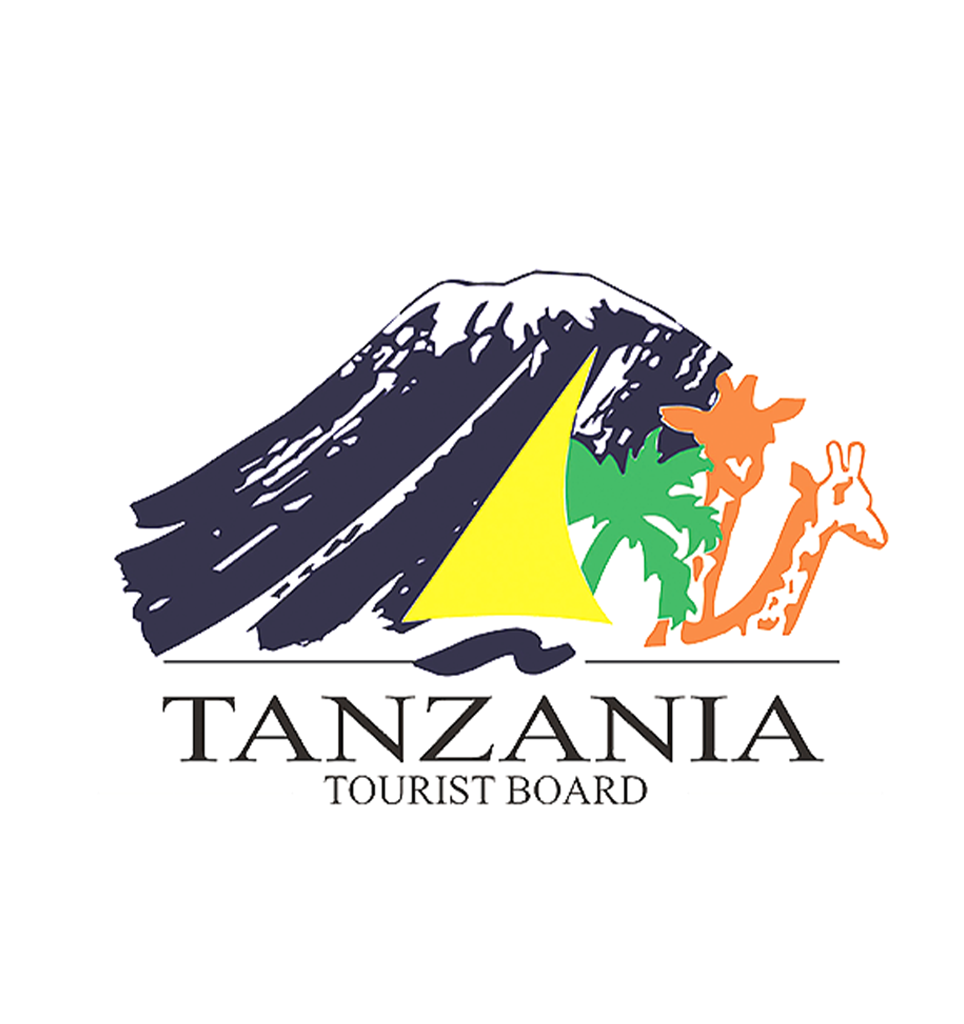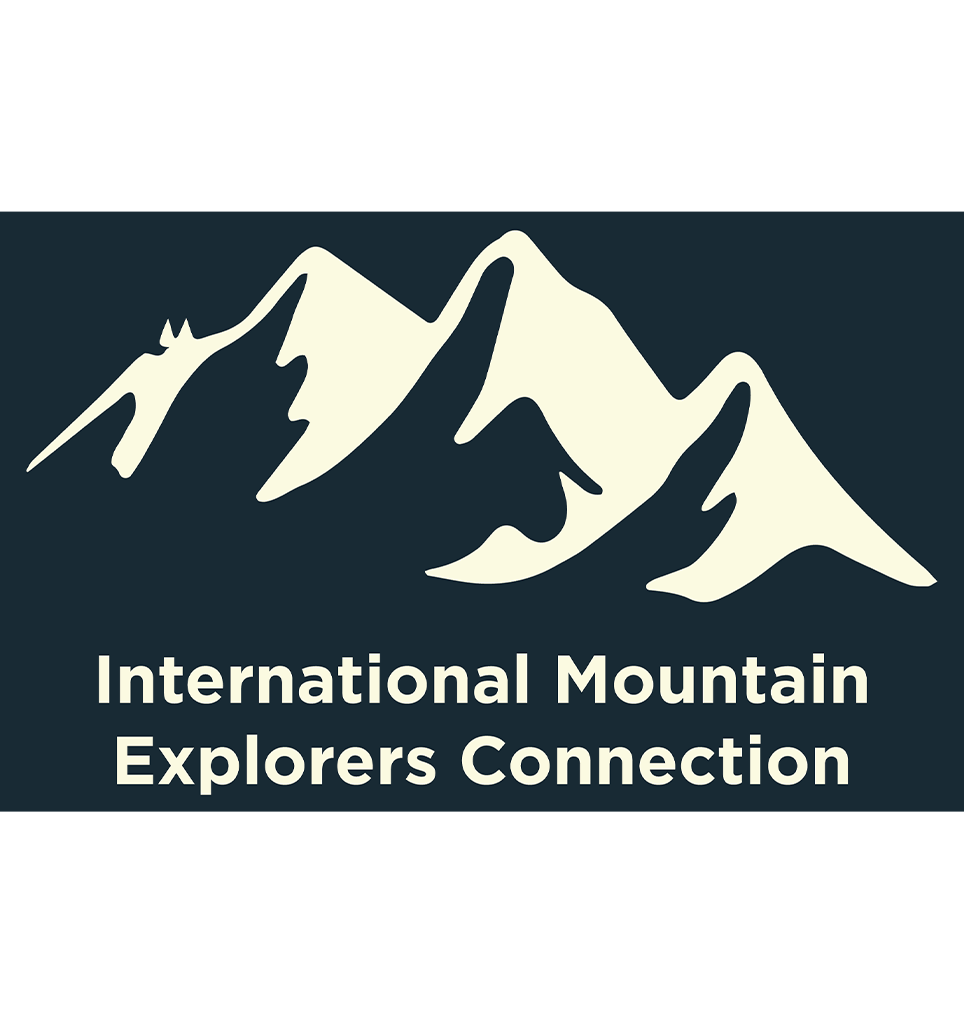Rwenzori Mountains National Park
Arrow Trekking and Safaris – Your gateway to unforgettable adventures in East Africa, from thrilling safaris to epic mountain treks!
Rwenzori Mountains Overview
Rwenzori Mountains National Park is one of Uganda’s most breathtaking natural wonders, offering towering peaks, glaciers, lush forests, and diverse wildlife. Located along the country’s western border with the Democratic Republic of the Congo, this UNESCO World Heritage Site is home to the legendary “Mountains of the Moon,” including Margherita Peak (5,109m), Africa’s third-highest summit.
Covering 996 square kilometers, the park features a range of ecosystems, from dense tropical rainforests and bamboo zones to alpine meadows and ice-capped peaks. The park’s incredible biodiversity includes rare mountain wildlife, over 217 bird species, and unique plant life found nowhere else in the world. Trekking through the Rwenzori Mountains is a challenging but rewarding adventure, attracting mountaineers, hikers, and nature lovers seeking an untouched wilderness experience.
Best Time to Visit Rwenzori Mountains National Park
The best time to visit Rwenzori Mountains National Park is during the dry seasons, which occur from June to August and December to February. These months offer the most stable weather conditions, making trekking and climbing more manageable. During this period, the trails are less muddy and slippery, and visibility is generally better for enjoying the breathtaking landscapes.
For mountaineers aiming to summit Margherita Peak, the dry seasons provide the safest and most rewarding experience. However, for birdwatchers and photographers, the wet seasons can be ideal since the park is at its greenest, with blooming alpine flowers and abundant birdlife. Regardless of when you visit, the Rwenzori Mountains guarantee an unforgettable adventure for nature lovers and trekking enthusiasts.
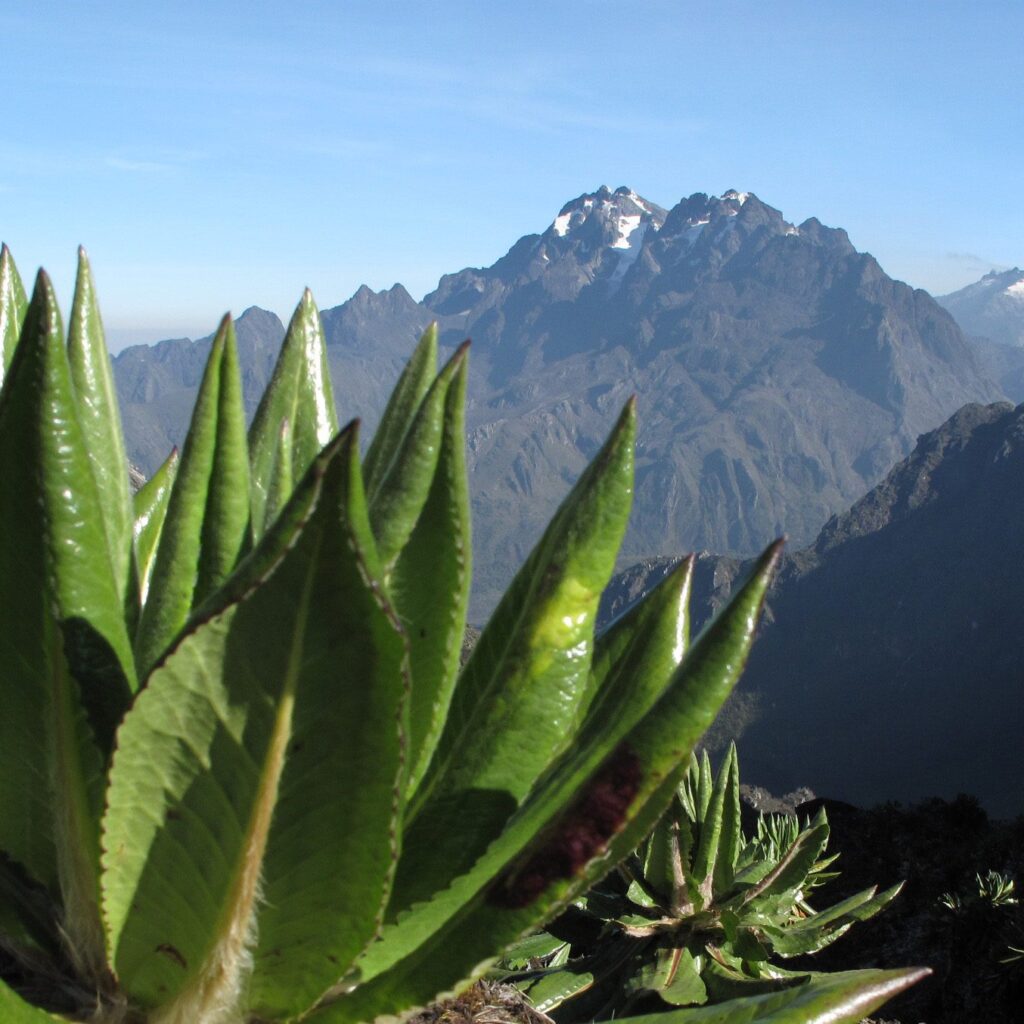
Major Peaks of the Rwenzori Mountains
Rwenzori Mountains National Park is home to some of the highest and most dramatic peaks in Africa. Known as the “Mountains of the Moon,” this range features rugged, snow-capped summits, stunning glaciers, and breathtaking valleys. The Rwenzori Mountains are Africa’s third-highest mountain range, after Kilimanjaro and Mount Kenya, and contain multiple peaks, with Mount Stanley being the highest.
Margherita Peak (5,109m) – Mount Stanley
Margherita Peak is the highest point in the Rwenzori Mountains and the third-highest peak in Africa. It is located on Mount Stanley, the tallest mountain in the range. Climbing Margherita is a challenging endeavor that requires technical mountaineering skills, as trekkers must traverse glaciers, steep rock faces, and icy ridges. The ascent is demanding but incredibly rewarding, offering breathtaking panoramic views of the surrounding mountains and valleys. This peak is the ultimate goal for experienced climbers who take on the Central Circuit Trail or the Kilembe Trail.
Alexandra Peak (5,091m) – Mount Stanley
Alexandra Peak is the second-highest peak in the Rwenzori Mountains, standing slightly lower than Margherita Peak. It is also part of Mount Stanley and is often included in climbing expeditions to the highest summits. Though less famous than Margherita, Alexandra Peak provides spectacular views of the glaciers and rugged alpine landscapes of the Rwenzori range. The climb is equally challenging and requires endurance, technical climbing skills, and proper acclimatization.
Mount Speke (4,890m)
Mount Speke is the second-highest mountain in the Rwenzori range and features multiple peaks, with Vittorio Emanuele Peak (4,890m) being the highest. Named after the British explorer John Speke, this mountain offers a slightly less technical climb compared to Mount Stanley but still requires mountaineering experience. The slopes are covered in beautiful vegetation, including giant lobelias and heather, before giving way to snow and ice at higher elevations. The views from the summit overlook Lake Bujuku and the nearby peaks of Mount Stanley and Mount Baker.
Mount Baker (4,844m)
Mount Baker is another prominent peak in the Rwenzori Mountains, standing at 4,844 meters above sea level. The highest point, Edward Peak, is named after Prince Edward of England. Though not as high as Stanley or Speke, Mount Baker presents its own challenges, including steep rocky ascents and unpredictable weather conditions. Climbers on the Central Circuit Trail often include Mount Baker as part of their multi-day trekking experience. The summit offers spectacular views of the neighboring peaks, alpine valleys, and glacial lakes.
Mount Emin (4,798m)
Mount Emin is one of the less-visited peaks of the Rwenzori Mountains, yet it remains a remarkable climbing destination. Named after the explorer Emin Pasha, this mountain is located in the northern section of the range, close to the Uganda-Congo border. The twin peaks, Umberto (4,798m) and Kraepelin (4,791m), provide a remote and challenging trekking experience. The ascent involves rugged terrain, steep rock faces, and high-altitude conditions, making it suitable for seasoned climbers looking for an off-the-beaten-path adventure.
FAQs
The Rwenzori Mountains are Africa’s third-highest mountain range, after Mount Kilimanjaro and Mount Kenya. Unlike volcanic mountains, the Rwenzori range is formed by uplifted rock masses and is known for its permanent glaciers and snow-capped peaks, despite being near the equator. The park boasts diverse ecosystems, including tropical rainforests, alpine meadows, and high-altitude glaciers, making it one of the most scenically stunning and ecologically rich mountain ranges in the world.
Yes, a trekking permit is required for all visitors entering Rwenzori Mountains National Park. The permit fees vary depending on the length of the trek and the route chosen. Permits can be obtained through the Uganda Wildlife Authority (UWA) or registered tour operators.
Rwenzori Mountains National Park is home to over 70 mammal species and 217 bird species, many of which are endemic. Some notable wildlife includes:
- Rwenzori colobus monkeys
- L’Hoest’s monkeys
- Forest elephants (rarely seen)
- Rwenzori three-horned chameleons
- Scarlet-tufted malachite sunbirds (found in alpine zones)
Yes, the park offers various lodging options ranging from budget to luxury accommodations:
- Basic Huts & Campsites – Used by trekkers along the trails.
- Mid-Range Lodges – Found near the park’s entrance, offering comfortable stays.
- Luxury Lodges – Located in nearby towns like Kasese and Fort Portal.
Absolutely! Many travelers combine their Rwenzori adventure with:
- Gorilla trekking in Bwindi Impenetrable Forest
- Chimpanzee tracking in Kibale National Park
- Wildlife safaris in Queen Elizabeth National Park
